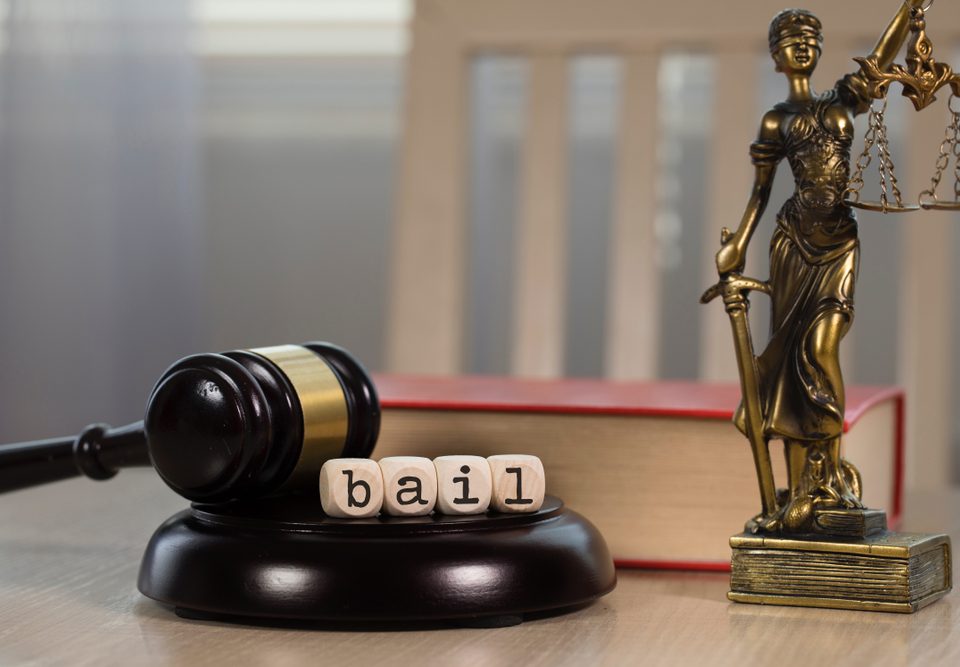- Serving All Utah Jails and Nationwide Jails for over 40 years
Learning About Miranda Rights, Part 1

Tips for Turning Yourself in on a Warrant
December 25, 2018
Learning About Miranda Rights, Part 2
January 18, 2019At Beehive Bail Bonds, we’re here to help if you or a friend or loved one requires essential bail bondsman services. Our team assists a wide variety of clients here, including those who are preparing to turn themselves in on warrants.
Whether you’re in this situation or any other where an arrest might be possible, a vital area to be aware of is your Miranda Rights. Given in the form of a warning, Miranda Rights are in place to prevent law enforcement from forcing individuals to incriminate themselves through interrogation tactics. Let’s go over some of the basics to know about your Miranda Rights in this two-part blog.
Purpose
Miranda Rights were created to help uphold the 5th Amendment to the Constitution, which allows all Americans the right against compelled self-incrimination and to remain silent in such cases. They are also aimed to uphold the 6th Amendment, which offers all people the right to fair counsel for any crime they are accused of.
Miranda Rights are so named for a man named Ernesto Arturo Miranda, who was convicted of multiple felonies after confessing when he was not aware that he was allowed to remain silent. The name has remained ever since.
Timing
Movies and TV will have you believe that you should be read your Miranda Rights as soon as handcuffs are being placed on and you’re being arrested, but this isn’t true. In reality, Miranda Rights are generally read to a suspect or person of interest before direct questioning or interrogation takes place. This kind of questioning can happen even without an arrest – that’s right, you can be read your Miranda Rights without being arrested at all.
What this also means is that you shouldn’t get too excited if you aren’t read your rights at the time of your arrest. It’s highly likely that this process will come later on.
Wording Formats
It’s important to note that there is no uniform federal guideline on the reading of Miranda Rights. Different states and even different jurisdictions or police departments will have slightly different formats. However, the US Supreme Court has created guidelines that have to be included in any Miranda script:
- Inform the person being taken into custody (or already in custody) that they have the right to remain silent if they choose.
- Inform the person in custody that if they choose to say anything, what they say can be used against them in court.
- Make it clear that the person has the right to counsel, and to have that counsel present during any questioning.
- Inform the person that if they cannot afford their own counsel, counsel will be provided for them by the state.
In part two of this blog, we’ll go over some of the misconceptions associated with Miranda Rights, plus how you should act during them. For more information on this or any of our bail bond or defense attorney services, speak to the staff at Beehive Bail Bonds today.




